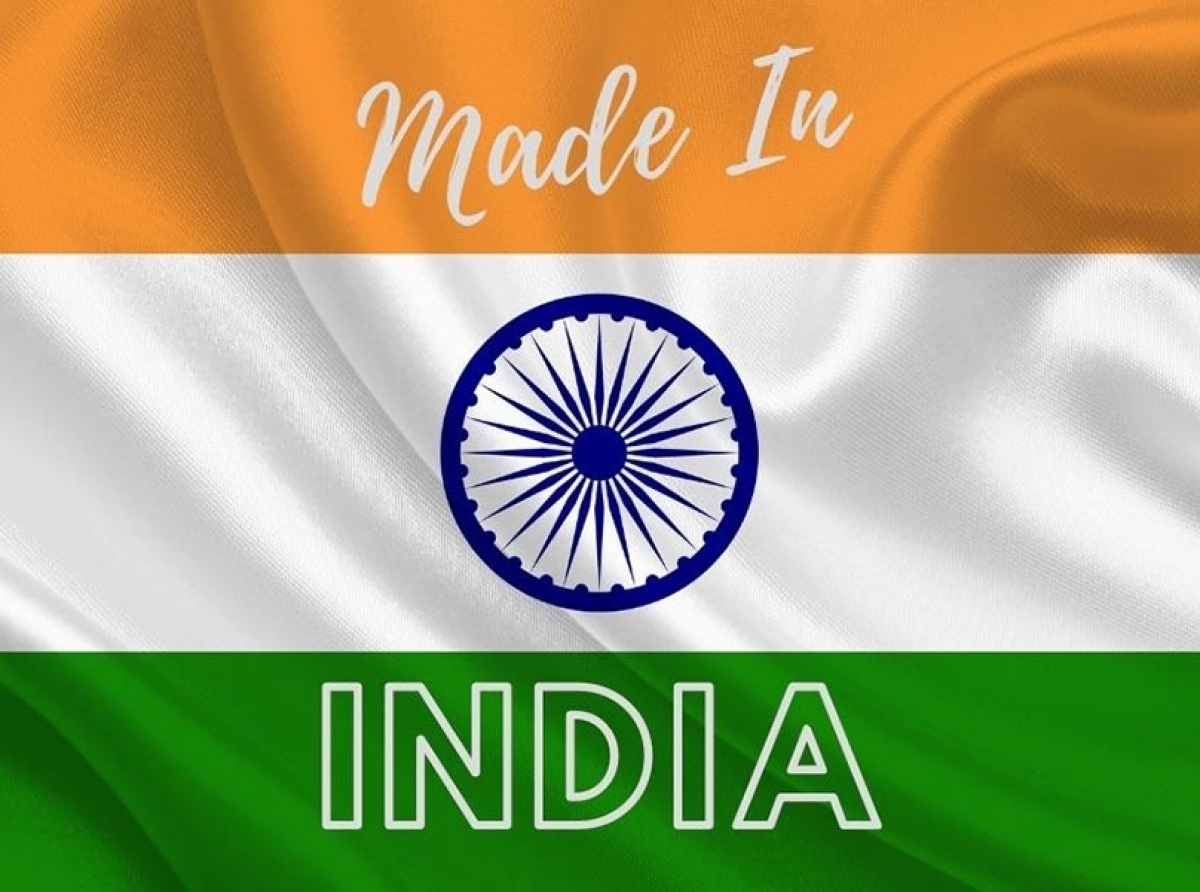06 May 2022, Mumbai:
The worldwide COVID-19 epidemic has spurred the 'China Plus One' supply chain diversification plan, providing chances for Indian players.
Furthermore, the shifting importance of China's manufacturing sector in the global export value chain is creating opportunities for Indian businesses.
1_large.jpg)
China's strategic change towards manufacturing high-value goods from low-value goods is evident in both inter-sector, such as the shift to capital goods from footwear, and intra-sector, such as the shift to man-made fibers from home textiles or cotton apparel.
It is a business strategy that avoids investing in China instead of expanding into other nations.
In other words, it may mean continuing to use China's resources while also including other sourcing areas with cheaper salaries into the mix.
Two tactics are gaining traction in this regard.
RELEVANT NEWS Apparel Makers' Revenues Keep Growing Owing To Srilanka-China Crisis
The first is to use a business with fewer suppliers to simplify the supply base in the current sourcing base substantially. The second is to expand the number of reputable suppliers in fewer countries.
The objective is to continue creating flexibility and dual sourcing choices by strengthening strategic supplier relationships across the matrix. China was a world leader in various industries until recently, including home textiles and cotton garments. Still, the shifting dynamics of the global supply chain have caused a significant shift in its manufacturing strategy.

RELEVANT NEWS Indian Textile Sector: Targeting $65 billion exports by 2026
In China, the manufacturing sector accounts for 30% of the country's overall economic output. China ranks first in producing over 220 of the world's more than 500 critical industrial items demonstrating its dominance in the global industrial sector.
China has become the first country to earn all of the United Nations' industrial categorization categories.
Small and medium-sized businesses and private corporations in China have played a critical role in generating employment, maintaining steady growth, and promoting innovation.
-RMG-exports-growth-trajectory-to-the-US-overshadows-China--Vietnam_large.jpg)
By the end of 2018, there were over 30 million small and medium businesses and over 70 million self-employed industrial and commercial families. These industries provide more than half of the country's tax income, 60% of GDP, 70% of technical advancements, and employ more than 80% of the workforce.
RELEVANT NEWS Bangladesh (BD) RMG exports growth trajectory to the US overshadows China & Vietnam
Things have begun to shift in recent years as the country's economy has changed.
Chinese employees' salaries have quadrupled in the previous ten years, driving corporations to look for new markets where worker wages are still cheap. Because of demographic fluctuations, labor expenditures have increased.
China is an elderly country whose one-child policy has hindered the supply of the next generation of employees.

RELEVANT NEWS COP 26: Need to re-imagine the roles of (RMG) apparel industry & policy makers
Leveraging the China Plus One strategy India’s textile industry has been growing on rising home textile exports and favorable geopolitical undercurrents encouraging countries to adopt the China Plus One sourcing strategy.

Recent geopolitical developments such as COVID-19 have intensified the need for global diversification for these countries, as per a CII-Kearney study. To benefit from growing development, India needs to grow exports by $16 billion, urges the study.
Join our community on Linkedin

























